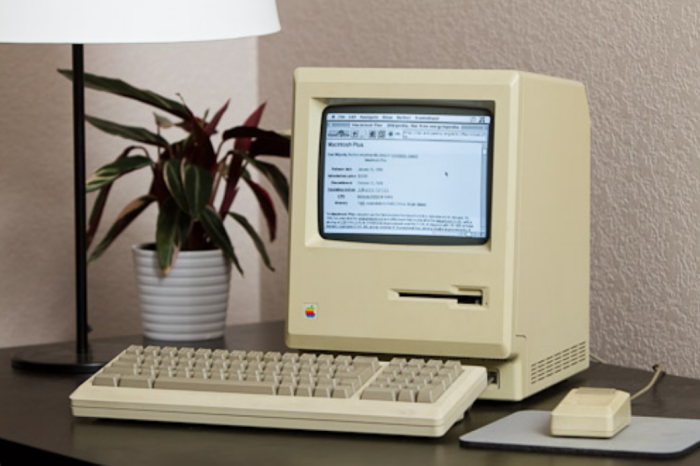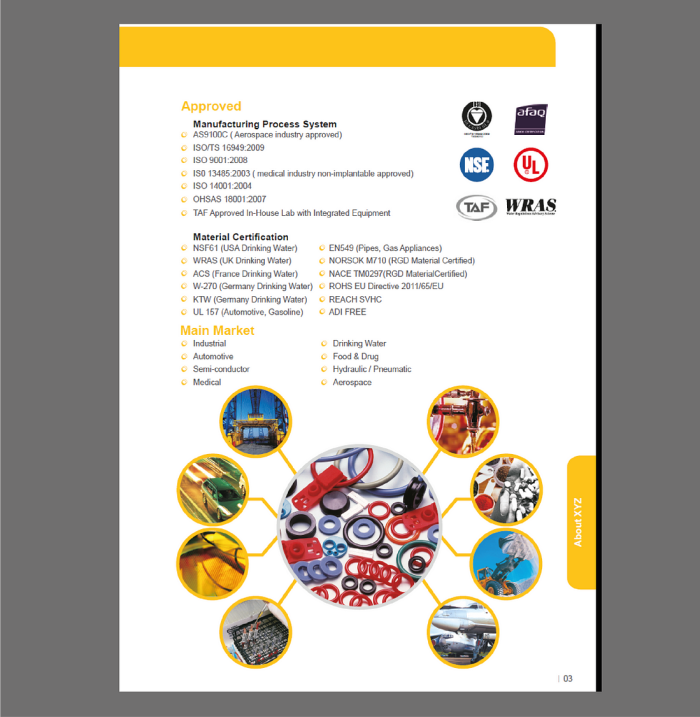PDF Files
mar 28 2023
Until forty years ago, if you wanted to create a report for your boss or a research paper for school, or send someone an invoice to be paid, you would have to provide a printed paper document. And the text would be written on the actual paper document, that is, the text was created, stored, and delivered using the same medium.

From the 1980s on, as computers became a popular resource, we began to write with a computer and then print the text on paper: the act of creating and storing text was now entirely dissociated from the medium through which it was conveyed to other people.
With the popularization of the Mac and, even more so, Windows, which took off in the 1990s, high-resolution graphic interfaces became standard for all personal computers, allowing computer users to read documents on their screens in the same format as they would appear on paper.

And soon after, the Internet came along, making it easy and affordable to deliver documents electronically. At this point, printing documents on paper, which was already becoming unnecessary, turned out to be a real drawback.
To address this issue, in 1993 Adobe created the PDF (Portable Document Format), a format that reproduced the graphic resources of paper on a computer screen and could be read on any model of computer. Thus, by creating a PDF, you could be sure that any computer would be able to display the document on its screen. Nowadays, PDF is the standard format for presenting formatted documents, and the program that is most often used to read this type of file is Adobe Acrobat.

With this technology, a document today normally has two files associated with it:
- Source file: The file through which the document was produced, created by a text processing or a desktop publishing program, such as Word, Indesign, FrameMaker etc.
- PDF file: Generated as output from one of the above mentioned tools. After finalizing the content and formatting the text, an output document is generated in the PDF format as if it was a printing operation. The PDF document can be in a high-resolution format, with a large file size, when it is actually meant to be printed on paper with high quality, or low-resolution, with a small file size, when meant to be posted on the Internet.
But the PDF, despite the fact that it has advanced a lot since 1990, still maintains its original function as a substitute for printed paper. It was not made to allow its content to be edited. Conceptually, editing a PDF should be the same thing as editing a printed copy of a document created on a computer. The editing of a text should be done on the source file.
− But Acrobat exports the PDF to the DOCX format. Isn’t this an editable file?
Yes, it is a file that can be edited. However, it doesn’t adequately make use of the resources of text processing and desktop publishing programs. Instead, it uses “brute force” to position the text in the same way as it is in the PDF document. For example, text boxes are often exported as figures, making it necessary to retype the text; page breaks are forced and don’t flow when the text is altered; special page formatting is simulated through tables which lose their format when the text size changes, and so on. Working on this kind of file can be a real nightmare.
Therefore, when a client asks you to translate a PDF, the best procedure is to ask for the corresponding source file. Usually, clients don´t like this request very much, because they have to spend additional time and effort searching for files, but you can make them understand that everybody will save time in the end, and the final quality of the work will be much better.
No doubt you can fasten a screw with a knife, but a screwdriver is much better.

Marcos Chiquetto is an engineer, Physics teacher, translator, and writer. He is the director of LatinLanguages, a Brazilian translation agency specialized in providing multilingual companies with translation into Portuguese and Spanish.




